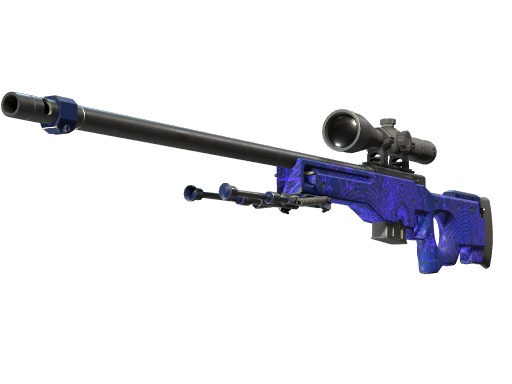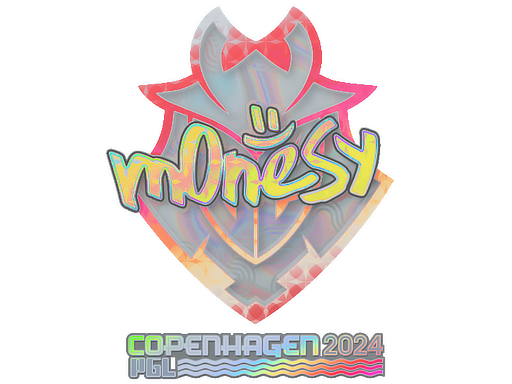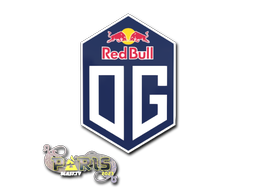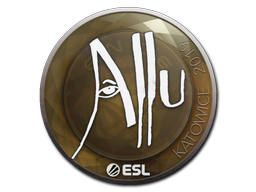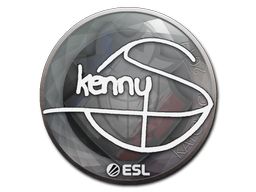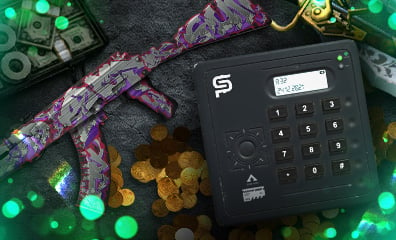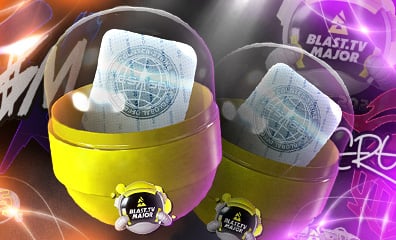A Comprehensive Guide to CS2 Trade Up Contracts
Whether you are a complete novice when it comes to first-person shooters, or a seasoned vet with a Legendary Eagle Master badge shining in your CS2 account, there’s a strong chance that you’ve likely stumbled upon the concept of CS2 trade ups.
In case you’re in the gray right there, CS2 (CS:GO) trade up contracts represent the possibility of flipping your low-value in-game skins for something more interesting and in some cases very lucrative. CS2 is unique in that regard, as not many FPS games grant you an opportunity to improve your inventory by transforming ten of your less valuable skins into a higher-tier rare skin.
Naturally, this begs the question: how does this mechanism work? What strategies should you employ to maximize your profit? Is the game worth the candle? Let’s dive in and unravel these mysteries.
The possible best trade up in CS2 can make you a bank.
What is a Trade Up Contract in CS2?
Essentially, a CS2 trade-up contract is an in-game feature that allows players to trade lower-value skins for a single item of higher rarity. Call it a crafting minigame, if you will. It’s a risky investment opportunity, where you provide ten skins out of your inventory of the same quality in exchange for one premium item.
Even if you’re not a big-time trade-up expert, trade up contracts can be used to free up some space in the inventory, offering you a chance to make profit in CS2 by getting rid of bland skins whose existence in your inventory is of zero importance to you.
If there are skins not worth equipping in matchmaking or keeping them in pristine condition for future investments, you might as well flip them for a solid rare skin of the same collection.
You can benefit by flipping simple skins you barely use.
How Do Trade Up Contracts Work in CS2?
While the basic premise of the trade-up contract is simple, understanding its mechanics is crucial for the best trade-up CS community has ever seen. A trade-up can be considered successful and profitable when the price of a skin you’ve received is higher than of those 10 skins you’ve sacrificed. To initiate a contract, you need ten skins of identical quality grade. Once you’ve made up your mind and ten skins are selected, the contract is set in motion, and the game generates a higher-quality skin in return.
Let’s break it down step by step:
- Open your inventory in CS2.
- Select the skins intended for a trade
- Right-click on your mouse and click Use with trade-up contract
- Click on Proceed to execute the contract.
- Once the contract is executed, a new higher-tier skin will appear on your screen and in your inventory.
In CS2 trading, certain rules apply to skin upgrades. You can’t get knives or gloves from trades, only weapon skins. Also, you can’t mix StatTrak and non-StatTrak skins; use ten of the same type. The new skin will belong to one of the collections you’ve traded from. If you have 3 skins from one collection and 7 from another, your chance of getting a premium skin from the first is about 30%. Predicting outcomes is uncertain due to opaque algorithms, but strategic understanding can help tilt the odds.

There are certain limitations when it comes to trading up in CS2
Maximizing Profits with CS2 Trade Up Contracts: Expert Strategies
To get the best trade-up contract CS2 allows you to apply some big brains to maximize your profit to a certain degree. In other words, it’s not just all luck, this ain’t Atlantic City. It requires a profound understanding of the market, careful selection of skins, and strategic planning. Here are a few key tips to get you the best results:
Analyze the Market
You should always have your finger on the pulse and monitor the current trends and the prices on Steam Marketplace. There are constant fluctuations in the market, and you could profit from these changes, should you guess the best time to trade.
Calculate the Outcome and the Risks
There are ways to calculate the potential outcomes and float values of your trade-up contract. Once you’ve assessed the profitability and the risks of your trade, you can decide whether to execute wait for a better moment/choose another combination of skins.
Play with your Contracts’ Contents
There is no guarantee that you receive the best possible skin from a certain collection, so diversifying your trade-up skins may be a good idea in some cases. Including different skins may increase your chances of getting a better rare skin.
Be Calm and Play Responsibly
Even though it may look like a completely harmless fun mini-game, in reality, it is a time-consuming and nerve-racking process. Be calm and collected when you trade up your skins in hopes of getting a better one, and if you have some inclinations toward gambling addiction, you might want to reconsider getting into it.
Now that we got that part out the way, let’s look at some of the key factors that dictate what skins you end up with:
- Float Values: The ‘wear and tear’ of a skin, represented by a number between 0.00 and 1.00. It determines the skin’s condition, ranging from Battle-Scarred to Factory New.
- Rarity: Each skin has a quality grade, indicating its rarity and value. There are seven grades, from Consumer to Covert. There is also a Gold grade, but it is not featured in trade-up contracts.
- Collection: Skins belong to specific collections, often sharing common themes or related to specific maps or events.
- StatTrak: These skins feature a kill counter, adding to their value and rarity.
With enough knowledge and market analysis, you could make a serious money on CS2
Evaluating the Risks and Rewards of CS2 Trade Up Contracts
Like any investment, trade up contracts in CS2 come with their share of risks and rewards. On the downside, there’s a chance that the outcome could be an item of lower value than the original skins. However, the potential rewards can be substantial, with the possibility of securing rare and valuable items, making them a part of CS2 investments for those willing to take the risk.
When trading up, it’s essential to balance the potential profit with the inherent risk. Consider the cost of the skins you’re trading, the potential value of the outcome, and the probability of a successful trade-up. Remember, the key to successful trading lies in careful planning and strategic decision-making.
Make sure to analyze each contract so that you won’t miss out on potential profits.
Wrapping Up!
CS2 allows us to upgrade our arsenals and potentially make a profit in the form of trade-up contracts. Even though it seems risky, with deep knowledge of the market, careful planning, and a good deal of luck, one can make a big profit by getting a rare weapon skin. Just make sure you don’t get rid of the skins you like by mistake.
Find the right skins in collections you like, and you might find yourself a happy owner of a couple of Covert skins. We sure hope we’ve covered everything you need to know for your future operations. With all that newly acquired, there is nothing left for you to do but get some rare skins in CS2 trade up contracts.
To stay updated on the latest Counter-Strike news, tips, and tricks, read our blog to be in the know and maximize your chances of success in the game.
Is CS2 trade-up contract random?
Even though the outcome of a trade-up contract cannot be predicted, it is not entirely decided randomly. There are certain factors that come into play, including float value, collection of the skins used in the contract, and rarity.
How many skins do you need to trade-up?
You need to give up ten skins of the same quality to initiate a trade-up contract in CS2.
Can you make money from CS2 trade-up contracts?
While possible to make money in trade-up contracts, it requires a lot of market knowledge, planning and sheer luck. Relying on CS2 trade-ups isn’t particularly the best idea.
Share to:
